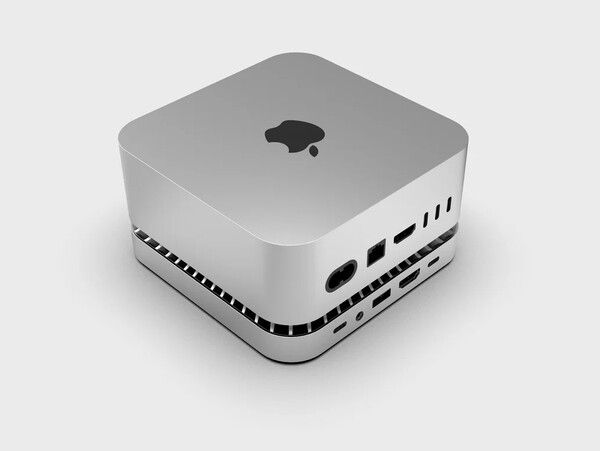Tesla’s profit more than doubled during the last three months of 2023 compared with a year earlier after the electric carmaker booked a tax benefit. But profit from car sales slumped after Tesla cut prices to fend off increasingly intense competition, the company said on Wednesday.
Profit in the fourth quarter was $7.9 billion, up from $3.7 billion a year earlier, after Tesla booked a $5.9 billion tax benefit. Without that, profit would have slumped. The company made $1.9 billion in the third quarter of 2023.
Tesla has slashed prices for the two cars that make up the bulk of its sales — the Model 3 sedan and the Model Y sport utility vehicle — as automakers like BYD, in China, and General Motors, Hyundai, Ford Motor and Volkswagen, in the United States and Europe, have begun selling more electric vehicles.
The price cuts have helped Tesla sell more cars and forced other carmakers to respond, helping to make electric vehicles more affordable. But the cuts have weighed on Tesla’s profit. In 2022, Tesla was one of the most profitable carmakers in the world, but its margins are now comparable to those of other large rivals.
Tesla shares slumped in after hours trading
The company faces an array of challenges this year, including economic uncertainty in all of its major markets and questions about the future role of Elon Musk, the chief executive. Mr. Musk surprised investors this month when he said on X, the social media site he owns, that he wanted the Tesla board to raise his stake in the company to 25 percent, from 13 percent, effectively giving him shares worth more than $80 billion.
If he doesn’t get his wish, Mr. Musk said, he will develop new artificial intelligence products “outside of Tesla.” Tesla’s board has not responded publicly.
The automaker commands more than half the electric vehicle market in the United States, and it has more models than any other manufacturer that qualify for $7,500 tax credits under rules that took effect Jan. 1. Plummeting prices for lithium, cobalt and other materials essential to battery production should help lower manufacturing costs.
Tesla has begun selling the Cybertruck, a pickup that is the company’s first new model since the Model Y in 2020. But Tesla remains dependent on the Model 3 and Model Y for sales. BYD and Volkswagen, along with its Audi, Porsche and Skoda brands, offer larger selections of vehicles.
Slowing sales growth for electric vehicles is another challenge. Surveys show that many people are interested in electric vehicles but hesitant to buy because of high prices and concern about finding enough places to charge the cars.
In a setback, Hertz said this month that it would sell some of its fleet of Teslas because they were less profitable than expected, and because some customers struggled with the unfamiliar technology.
Election-year politics add another element of uncertainty for all electric vehicle makers. Former President Donald J. Trump, the front-runner for the Republican nomination, has called electric vehicles a hoax, and his supporters have vowed to roll back Biden administration policies intended to promote the cars and encourage domestic manufacturing.
Senator John Barrasso, a Republican from Wyoming who has endorsed Mr. Trump, recently portrayed electric vehicles as a subsidy for rich liberals at the expense of “hardworking families in my home state.”
The Inflation Reduction Act, the legislation passed by Democrats that provides financial support to companies building battery factories and vehicle assembly plants in North America, “is a shakedown,” Mr. Barrasso said during a hearing this month.
Such comments bode ill for Tesla and other automakers that stepped up investment in the United States because of government incentives that might disappear if Republicans regain control of the White House and Congress.





